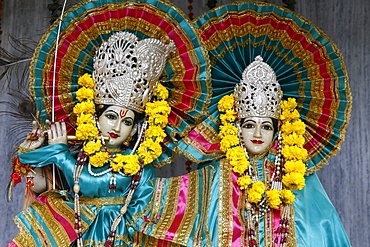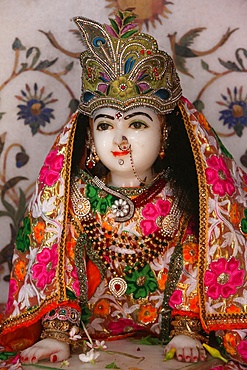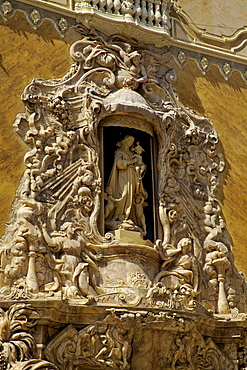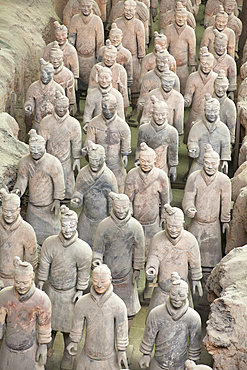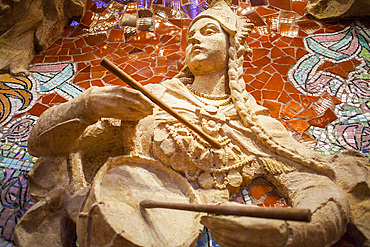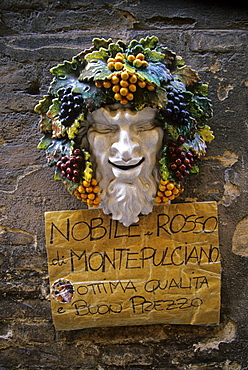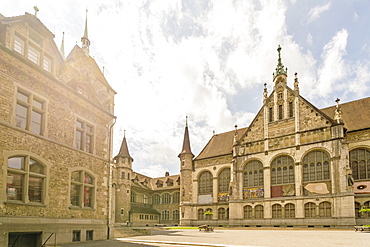Results
15 results found
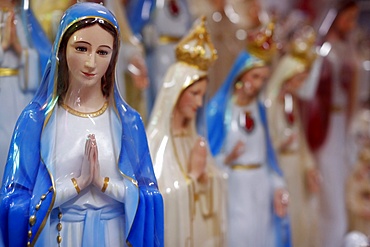
Shop selling religious Christian items including Holy Virgin statues, Ho Chi Minh City, Vietnam, Indochina, Southeast Asia, Asia
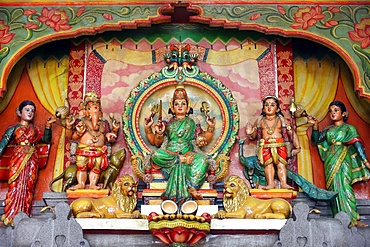
Hindu Gods Ganesh, Shiva and Durga, Mariamman Hindu Temple, Ho Chi Minh City, Vietnam, Indochina, Southeast Asia, Asia
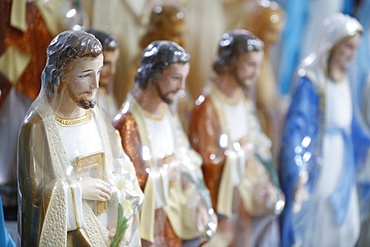
Shop selling religious Christian items including statues of Jesus, Ho Chi Minh City, Vietnam, Indochina, Southeast Asia, Asia
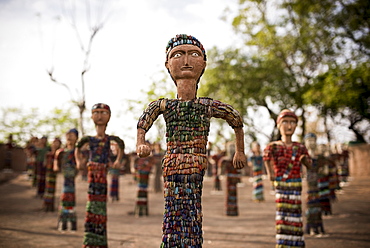
Sculptures at The Rock Garden, built by Nek Chand, Chandigarh, Punjab and Haryana Provinces, India, Asia

Sculptures at The Rock Garden, built by Nek Chand, Chandigarh, Punjab and Haryana Provinces, India, Asia
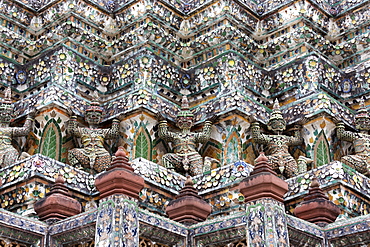
Detail of the Central Prang showing demon figures and ceramic decoration created using broken ceramics used as ballast in the 19th century on Chinese trading ships, Wat Arun, Bangkok, Thailand, Southeast Asia, Asia
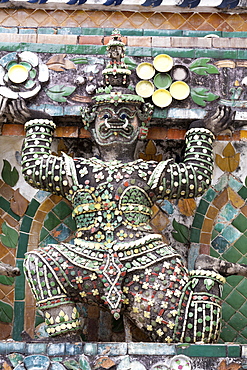
Detail of the Central Prang showing demon figures and ceramic decoration created using broken ceramics used as ballast in the 19th century on Chinese trading ships, Wat Arun, Bangkok, Thailand, Southeast Asia, Asia
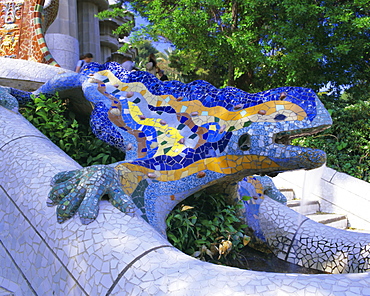
Gaudi architecture, Parc Guell, UNESCO World Heritage Site, Barcelona, Catalunya (Catalonia) (Cataluna), Spain, Europe

Detail of a ceramic statue at Wat Arun (Temple of the Dawn), Bangkok, Thailand, Southeast Asia, Asia
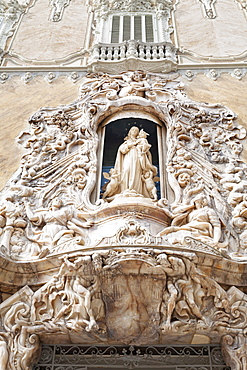
Alabaster figure at the entrance of the Ceramic Museum , Valencia, Comunidad Valencia, Spain, Europe
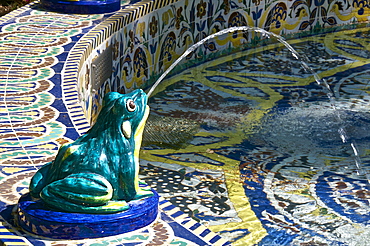
Ceramic frog spitting out water, Frogs Fountain, Maria Luisa Park, Seville, Andalusia, Spain, Europe
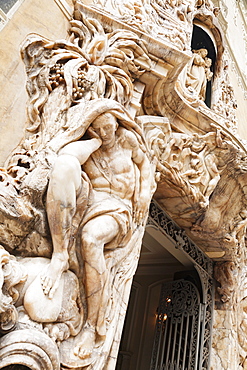
Alabaster figure at the entrance of the Ceramic Museum , Valencia, Comunidad Valencia, Spain, Europe
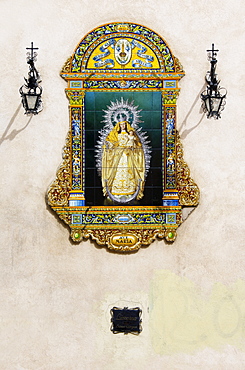
Image of St. Mary on ornate ceramic tiles, outside walls of a church in Seville, Andalusia, Spain, Europe

Allegory of the physical culture, ceramic sculpture at the Karl-Marx-Hof courtyard, Vienna's most famous municipal tenement complex from the interwar period, Doebling, Vienna, Austria, Europe

Bust of a Native American under Azulejos, traditional tiles from Portugal, Park Modo Verde, Landgraaf, Limburg, Netherlands, Europe

Ceramic figure of St. Francis on a community hall, High Street, Hemingford Gray, Cambridgeshire, England, United Kingdom, Europe

Ceramic figure of el Tio or Supai, a creature with horns, gleaming eyes and a big penis, that in fact is not really satanic. It was introduced by the Spaniards in the 16th Century to the mines of Potosi. According to tradition, el Tio (The Uncle) rules over the mines of Cerro Rico, simultaneously offering protection and destruction. Over 500 chambers with statues to honour him have been constructed in Cerro Rico, so miners can leave offerings of tobacco, liquor and coca leaves to invoke his goodwill and protection., Potosi Department, Bolivia
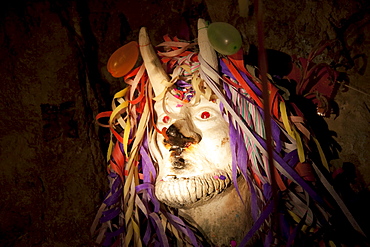
Ceramic figure of el Tio or Supai, a creature with horns, gleaming eyes and a big penis, that in fact is not really satanic. It was introduced by the Spaniards in the 16th Century to the mines of Potosi. According to tradition, el Tio (The Uncle) rules over the mines of Cerro Rico, simultaneously offering protection and destruction. Over 500 chambers with statues to honour him have been constructed in Cerro Rico, so miners can leave offerings of tobacco, liquor and coca leaves to invoke his goodwill and protection., Potosi Department, Bolivia
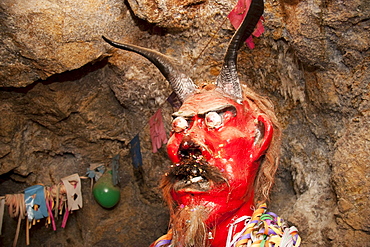
Ceramic figure of el Tio or Supai, a creature with horns, gleaming eyes and a big penis, that in fact is not really satanic. It was introduced by the Spaniards in the 16th Century to the mines of Potosi. According to tradition, el Tio (The Uncle) rules over the mines of Cerro Rico, simultaneously offering protection and destruction. Over 500 chambers with statues to honour him have been constructed in Cerro Rico, so miners can leave offerings of tobacco, liquor and coca leaves to invoke his goodwill and protection., Potosi Department, Bolivia
